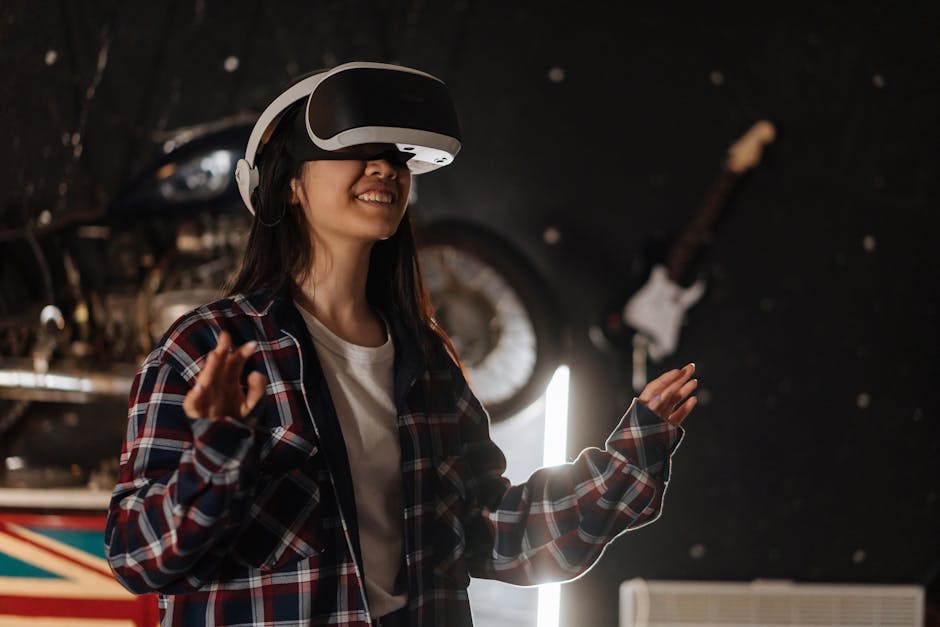
Virtual Reality Storytelling: Immersive Experiences That Transcend Boundaries
Virtual reality storytelling is a groundbreaking form of narrative that transports audiences into immersive digital worlds. By combining the power of advanced technology with the art of storytelling, VR offers an unprecedented level of immersion and engagement.
With VR storytelling, viewers are no longer passive observers but active participants in the narrative. They can explore different perspectives, interact with characters and objects, and navigate through the story at their own pace. This interactive element creates a sense of presence and agency, making the experience even more compelling.
One of the key advantages of virtual reality storytelling is its ability to break down boundaries. With VR, you can step into someone else's shoes and experience situations and environments that may be completely different from your own reality. This opens up endless possibilities for empathy-building, education, and entertainment.
Virtual reality can transport you to historic moments, remote locations, or imaginary worlds with stunning detail and realism. Whether you want to visit ancient civilizations, explore outer space, or dive into fantastical realms, VR storytelling offers a gateway to these incredible experiences.
From a technical perspective, VR storytelling requires a combination of hardware and software. Users wear a VR headset that tracks their movements and displays a 360-degree virtual environment. These headsets often come with hand controllers or other input devices to enhance the interactive elements of the experience.
Content creators use specialized software to develop VR narratives. This software enables them to design and build immersive environments, program interactive elements, and create captivating storylines. The process involves a unique blend of traditional storytelling techniques and cutting-edge technology.
As VR technology continues to evolve, so does the potential for storytelling. From cinematic VR experiences to interactive storytelling games, the medium is constantly expanding. Innovations like room-scale VR, haptic feedback, and photorealistic graphics are pushing the boundaries of what's possible in VR storytelling.
In conclusion, virtual reality storytelling is revolutionizing the way we experience narratives. It has the power to transport us to new worlds, evoke emotions, and create memorable experiences. Whether you're a fan of immersive entertainment, an educator looking for new tools, or a filmmaker exploring new mediums, VR storytelling is an exciting space to watch.
